You can also listen to this article in the voice of own Plastic Artist Rosângela Vig:

Fanados us couches of older courtesans,
Painted eyebrow, the look langue and fatal,
A sneer, doing the pale ears
Tip over a stone and metal retinir;On a green carpet, many faces without mouths,
As mouths without color, JAWS without teeth,
Fingers in the craziest fever seizure,
Probing the roto or quivering breast pocket;Under the stuccoes vis, loose queue chandeliers,
Of badly designed fulgores lamps
About the lethal illustrious poets fronts
Who's wasting their bloody sweats;Behold the black panel that a night dream
I saw unfold my look clear and curious.
I even, in an attic of the taciturn Lair,
Touch me shaking, the more dumb and jealous.
(BAUDELAIRE, 2006, p. 110)
The Parisian Bohemian life from the late 19th century has never been so well portrayed: in poetry, in the words of Charles Baudelaire (1821-1867), in his paintings of Paris; in Painting, the shapes and colors of Henri de Toulouse-Lautrec (1864-1901). Of both, the more poetic portraits of Paris and its people. And Lautrec went beyond the nightlife, in the French city; paced by the peculiar shape with your Dash Express which managed; rambled by colors, by the movement and the places that he even attended.
Of the wealthy and aristocratic, the artist had Bohemian life and came to attend the Moulin Rouge, the coffee shops and brothels in the city. The victim of a rare disease, the stature of Lautrec was low; his legs were short, but the body was of an adult. Keen sensitivity, even in virtue of your appearance, the artist could realize the fragility of the people depicted. His characters were the prostitutes, the drunks, the dancers and singers of the cabarets. Lautrec drew posters for the Moulin Rouge and other nightspots that attended, In addition to exhibiting and selling their work in these locations. Early death, before even completing 37 years, as a result of alcoholism and wild life. The artist, the legacy of more than 360 posters and prints, more than 1000 frames and 5000 drawings. His style anticipated the Art Nouveau, In addition to your posters have served as a reference for the Graphic Design and advertising.
Can be seen at MASP, in São Paulo, 75 works of Lautrec, beyond 50 documents of the time, photos of the artist and his friends, from 30 from June to 1 October 2017, in shows produced by the MASP; sponsored by Pinheiro Neto Advogados Office, with the METRO Office expographic associated architects. Many of these works are of national and international private collections like Musee d'Orsay (Paris), Tate and Victoria Albert Museum (London), The Art Institute of Chicago, National Gallery of Art in Washington and Museo Thyssen-Bornemizsa (Madrid).
The screens and the posters of Lautrec makes a trip back in time and visit the places where the artist spent, fragments of scenes. There are records of the dances, with their moves exacerbated, of people drinking, the vices and sexuality. Considered Post Impressionist, your way to paint features winding contour lines, often in black, with light color coverage. The meandering and wavy contours suggest a slight trembling of the image, providing the idea of movement.
Your images are photographic records of moments, fragments of night scenes. In the work the wheel (Fig. 2), the artist chose not to use many colors and exaggerate the movement that is the dancer's hair, played back, in a moment in which runs the dress up. In rest during the masquerade (Fig. 4), the Lady at the counter is your body and draw the attention of a boy, next, also masked. Lautrec seems to have captured the chilling expression of women in dining room (Fig. 5) in a moment of conversation. On the table almost empty, only the glass features the Red liquid that can be wine, accentuating the idea of alcoholism. The sound packs the dance in Figure 11. The risks and the lack of sharpness of the bodies seem to accentuate the movement and the whole Salon has the appearance of a body if the move to the beat of the music. People at the bar seem to be distracted, distant looks lost, in melancholy expression, waiting for time to pass.
The Viewer is invited to enjoy the works of Lautrec and, made a flâneur 1 wander the shapes and the colors that the artist used to express your time, the people lived and the places where he spent. Maybe that's the biggest attribute of great art, lead the mind to another time, by means of imagination, shape and color.
I want, to compose my chaste monologues,
Lie down next to the sky, the sets of astrologers
And close enough to hear him cismarento Bell
The solemn songs, taken by the wind.
Folded hands on Chin, I from the top of the mansard roof,
I view the workshop on Brown time:
Towers and chimneys or mast the city,
Big skies making dream eternity.
(BAUDELAIRE, 2006, p. 110)
1 Flâneur means Wanderer, Observer of street or Walker. For Charles Baudelaire, the term refers to the artist and poet, observing the life of modern metropolis. (BAUDELAIRE, 1997, p.14)
References:
- BAUDELAIRE, Charles. As Flores do Mal. São Paulo: Ed. Martin Claret, 2006.
- BAUDELAIRE, Charles. Sobre a Modernidade. Rio de Janeiro: Editora Paz e Terra, 1997.
- CHILVERS, Ian; ZACZEK, Iain; WELTON, Jude; BUGLER, Caroline; MACK, Lorrie. História Ilustrada da Arte. Publifolha, S.Paulo, 2014.
The figures:
Fig. 1 -The Countess Adele de Toulouse-Lautrec in Malromé garden, Toulouse Lautrec, 1880. Photo: SÃO PAULO MUSEUM Of ART Collection.
Fig. 2 -The Wheel, Toulouse-Lautrec, 1893. Photo: SÃO PAULO MUSEUM Of ART Collection.
Fig. 3 -Artist with Green Gloves, The singer Dolly Star Le Havre, Toulouse-Lautrec, 1899. Photo: SÃO PAULO MUSEUM Of ART Collection.
Fig. 4 -Rest for the masquerade ball, Toulouse-Lautrec, 1899. Photo: Disclosure.
Fig. 5 -Women in the dining room, Toulouse-Lautrec, undated. Photo: Disclosure.
Fig. 6 -Gaston Bonnefoy, Toulouse-Lautrec, undated. Photo: Disclosure.
Fig. 7 -The Great Maria, Toulouse-Lautrec, 1886. Photo: Disclosure.
Fig. 8 -Woman with Dog, Toulouse-Lautrec, 1891. Photo: Disclosure.
Sign up to receive Event News
and the Universe of Arts first!
Fig. 9 – Mr Fourcade, Toulouse-Lautrec, undated. Photo: Disclosure.
Fig. 10 -Mr. Louis Pascal seen from the back, Toulouse-Lautrec, undated. Photo: Disclosure.
Fig. 11 -Moulin de la Galette, Toulouse Lautrec, 1889. Photo: Disclosure.
Fig. 12 -The Couch, Toulouse Lautrec, 1893. Photo: SÃO PAULO MUSEUM Of ART Collection.
Fig. 13 -Admiral Paul Viaud, Toulouse-Lautrec, undated. Photo: Disclosure.
Fig. 14 -Frontispiece to Elles, Toulouse-Lautrec, 1895. Photo: Disclosure.
Fig. 15 -Moulin Rouge (La Goulue), Toulouse-Lautrec, 1891. Photo: Disclosure.
[one_half]
ROSÂNGELA VIG
Sorocaba – São Paulo
Facebook Profile | Facebook Fan Page | Website
Columnist at Website Obras de Arte
E-mail: rosangelavig@hotmail.com
[/one_half][one_half_last]
[/one_half_last]

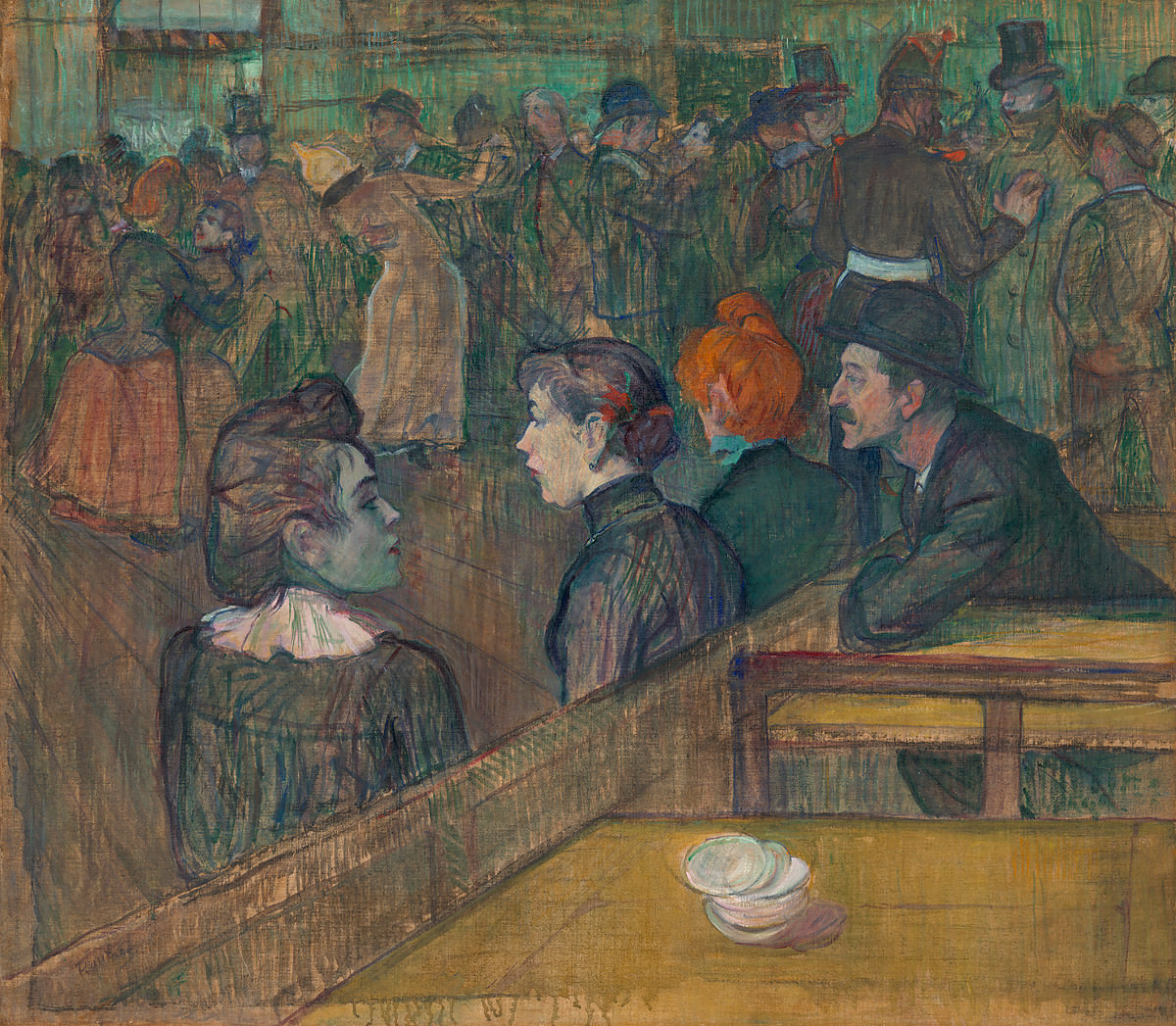
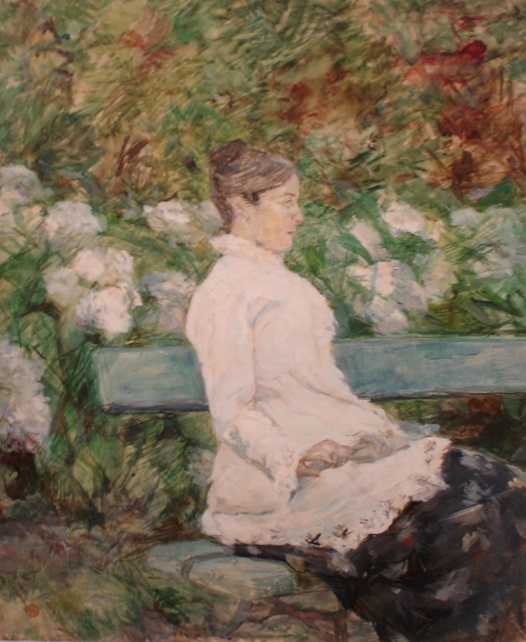
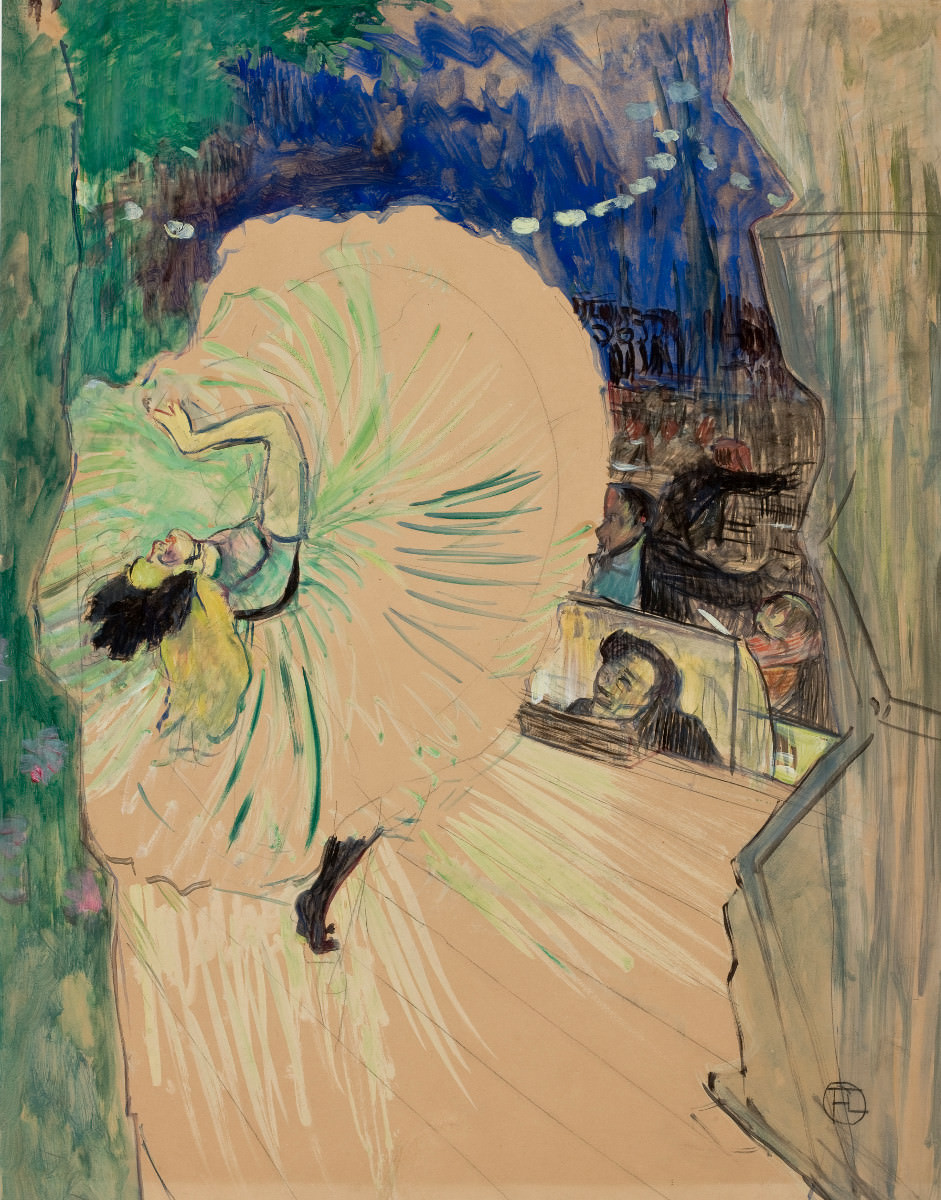
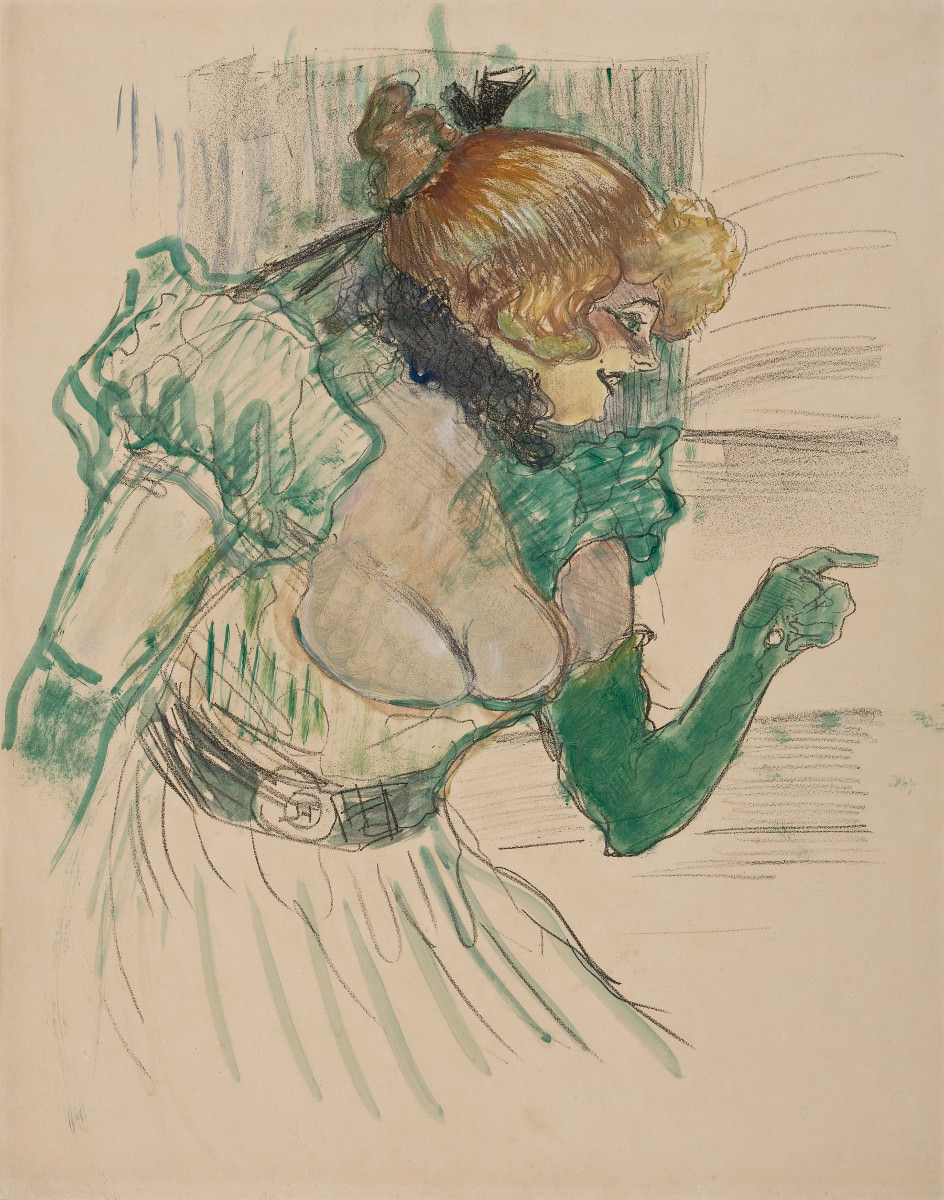

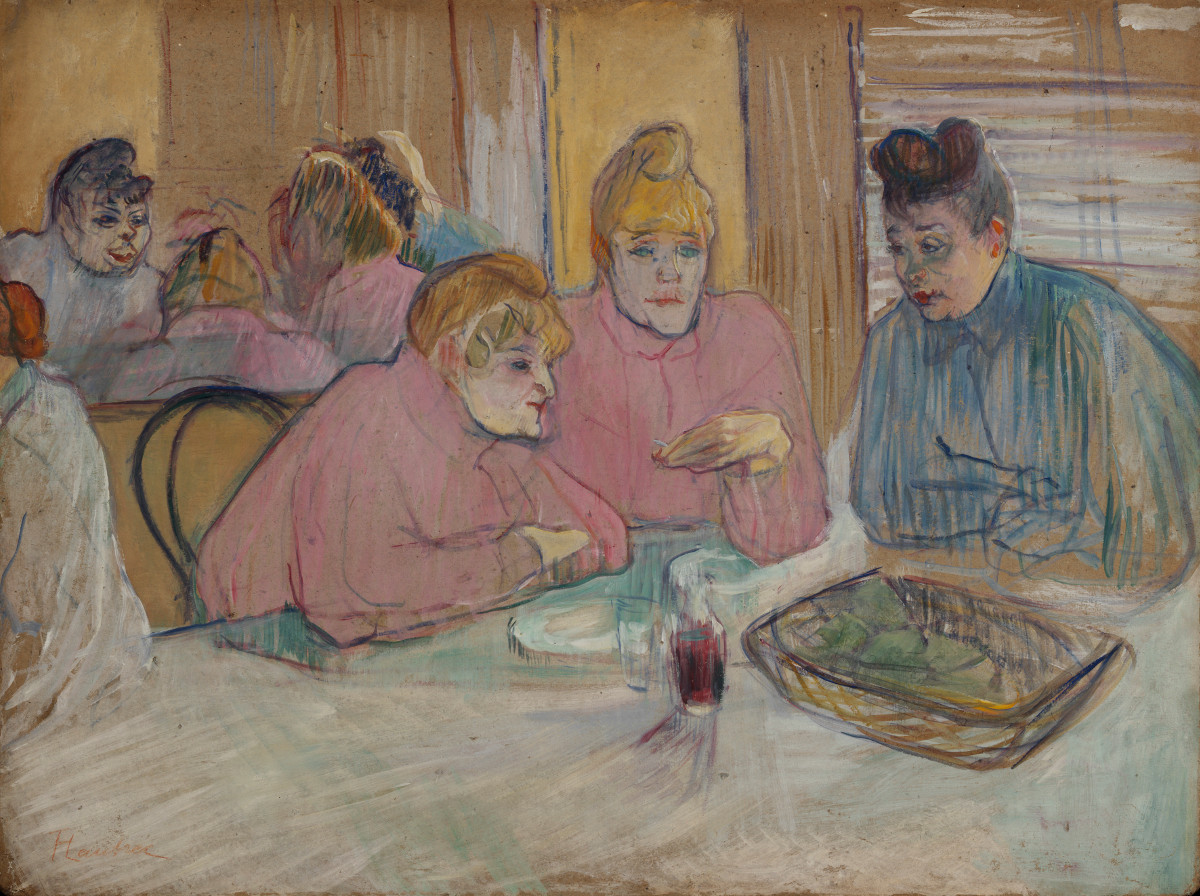

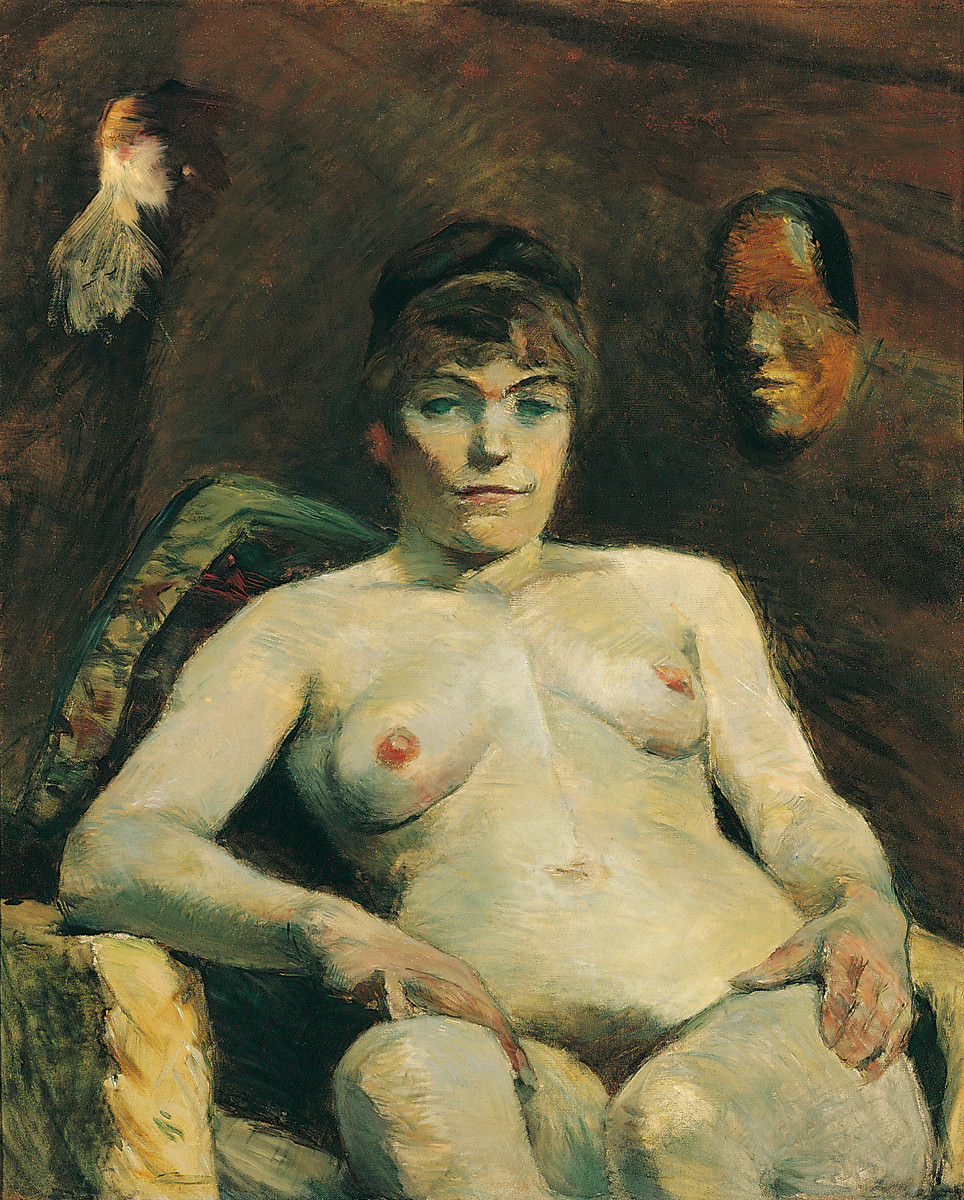
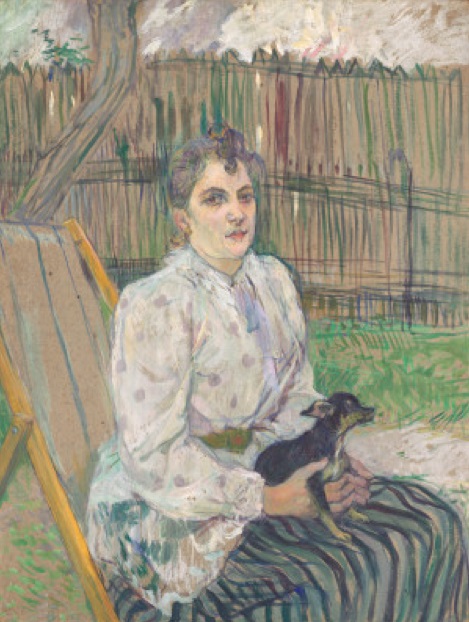
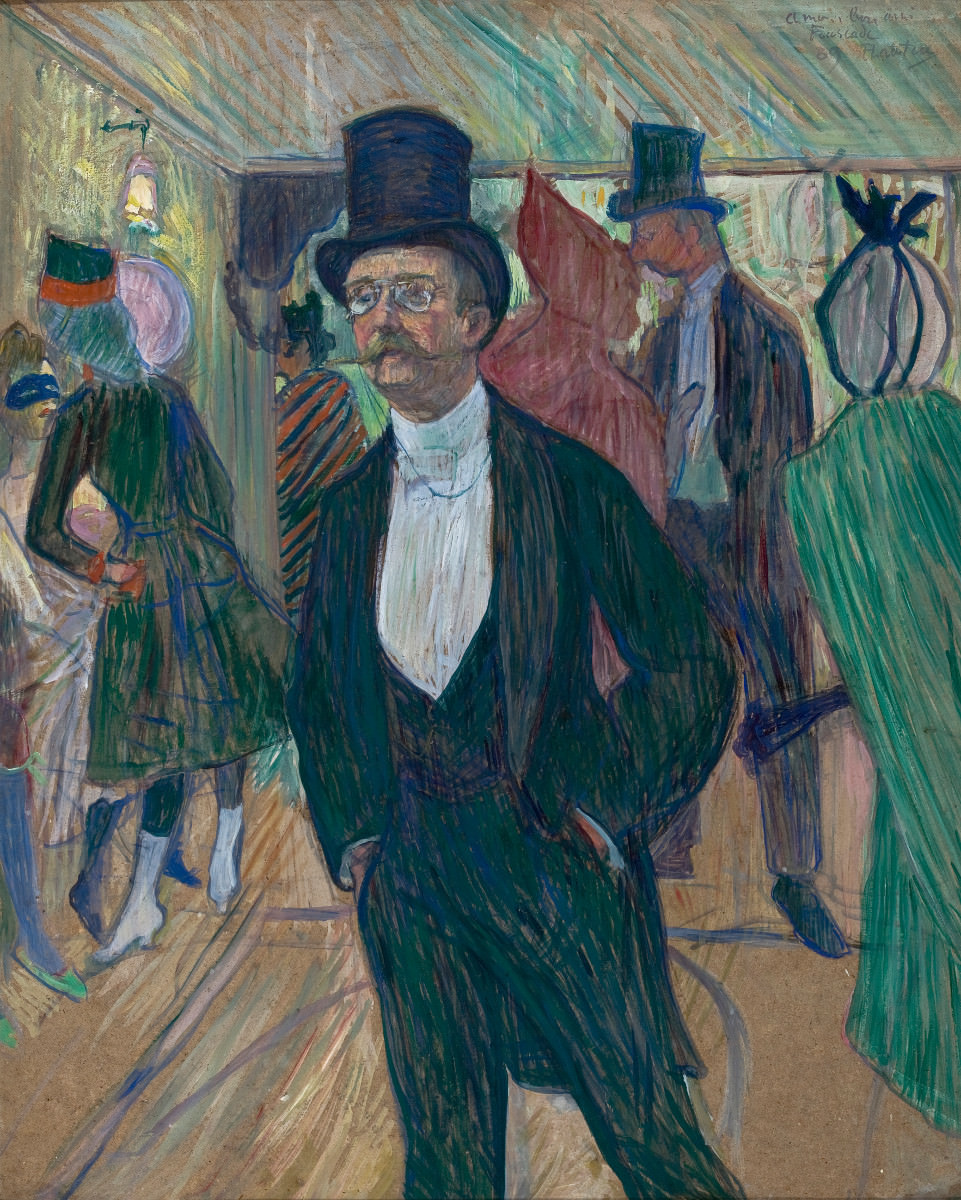
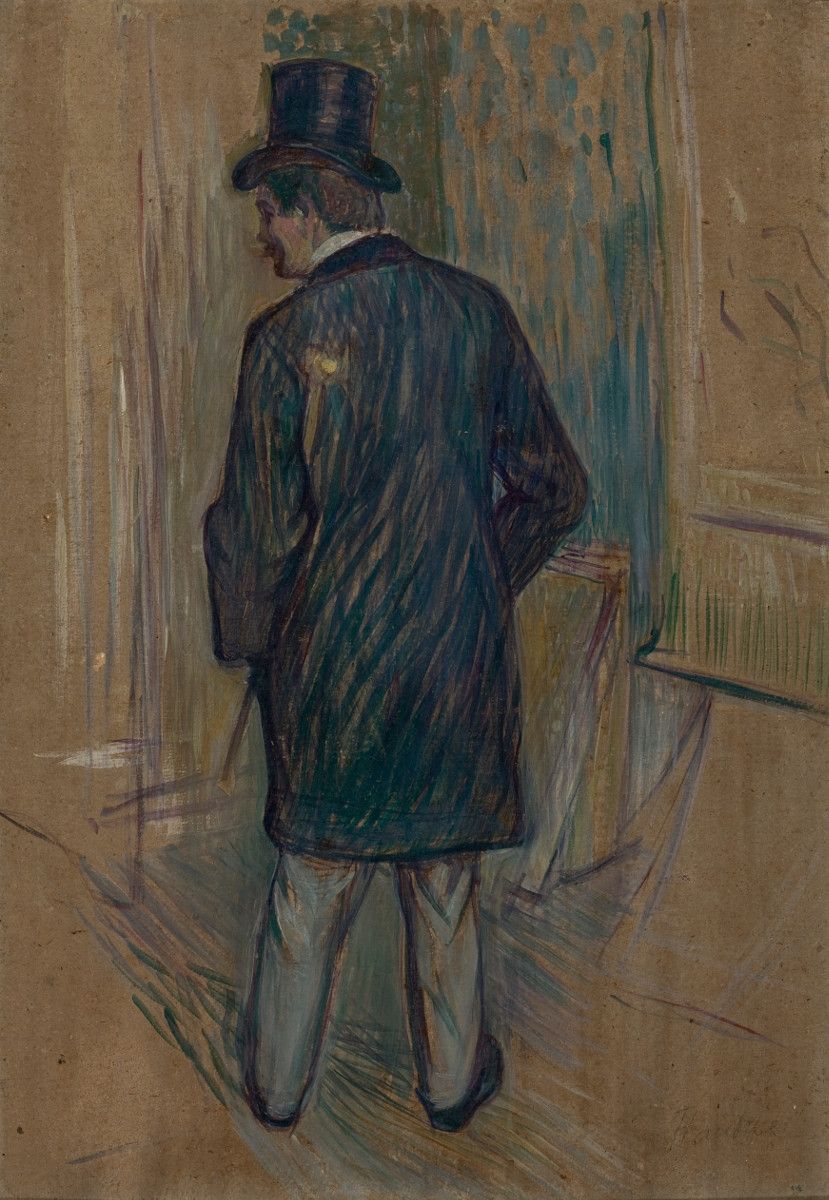
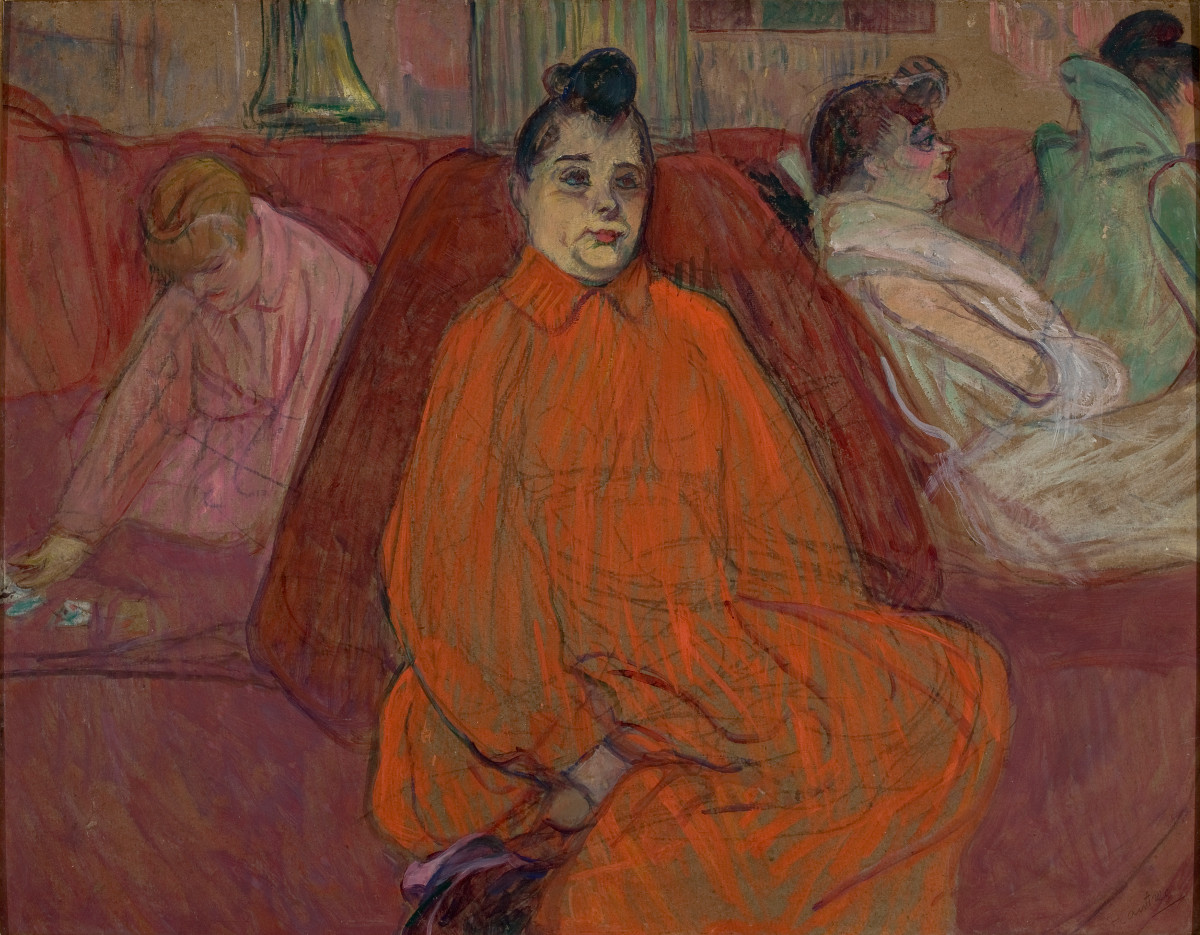




5 thoughts on “Exhibition-Toulouse-Lautrec in red by Rosangela Vig”